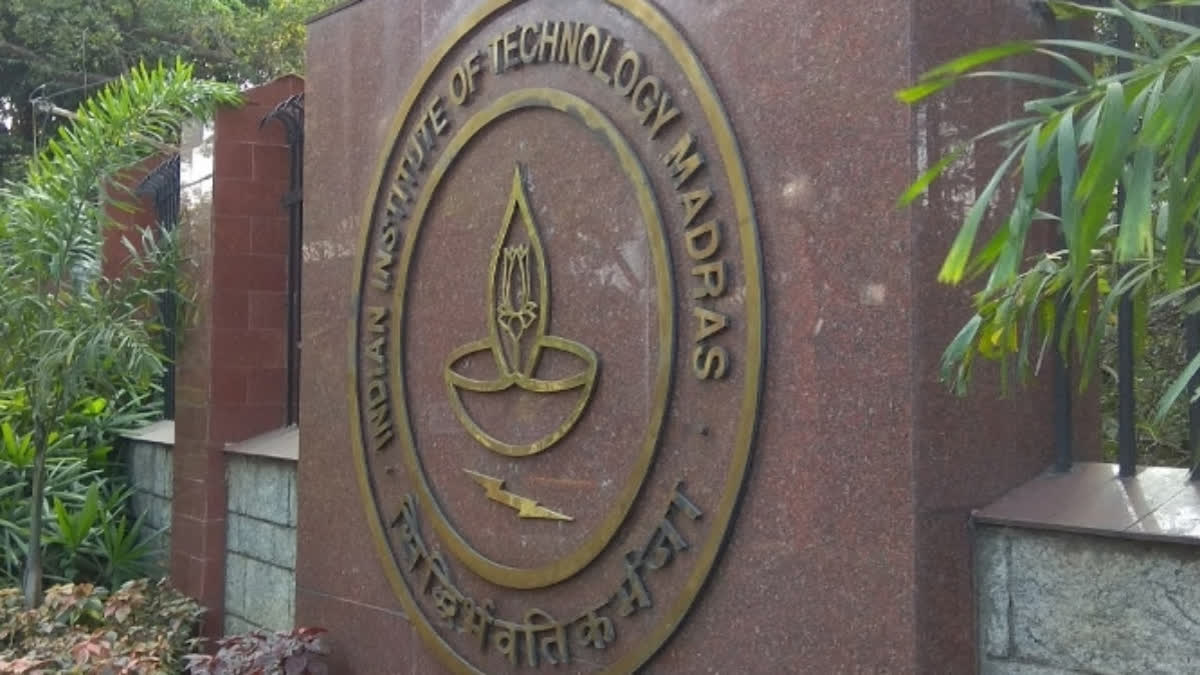Chennai: Researchers at the Indian Institute of Technology (IIT) Madras have developed a Machine Learning (ML)-based computational tool for better detection of cancer-causing tumours in the brain and spinal cord. Glioblastoma is a fast and aggressively growing tumour in the brain and spinal cord.
Although there has been research undertaken to understand this tumour, therapeutic options remain limited with an expected survival rate of less than two years from the initial diagnosis. The tool called aGBMDriver' (GlioBlastoma Mutiforme Drivers), was developed specifically to identify driver mutations and passenger mutations in glioblastoma. The tool is publicly available online.
Driver mutations are usually defined as mutations that induce cell proliferation and tumour growth, while passenger or 'hitchhiker' mutations, which represent approximately 97 per cent of all cancerous mutations, do not. "We have identified the important amino acid features for identifying cancer-causing mutations and achieved the highest accuracy for distinguishing between driver and neutral mutations," said Prof. M. Michael Gromiha, Department of Biotechnology at IIT Madras, in a statement.
Also read: Highly dexterous robot hand can operate in dark just like humans
"We hope that this tool (GBMDriver) could help to prioritise driver mutations in glioblastoma and assist in identifying potential therapeutic targets, thus helping to develop drug design strategies," Gromiha added. To develop this web server, the team analysed 9,386 driver mutations and 8,728 passenger mutations in glioblastoma. Driver mutations in glioblastoma were identified with an accuracy of 81.99 per cent, in a blind set of 1809 mutants, which is better than existing computational methods. This method is completely dependent on protein sequence.
Their findings were published in the peer-reviewed journal Briefings in Bioinformatics. The ML tool can also be applied for other diseases. The method could serve as one of the important criteria for disease prognosis. It is a valuable resource to identify mutation-specific drug targets to design therapeutic strategies. "We envisage that the method is helpful to prioritise driver mutations in glioblastoma and assist in identifying therapeutic targets," said Medha Pandey, a PhD Student at IIT Madras. (IANS)
(This story has not been edited by ETV Bharat and is auto-generated from a syndicated feed.)



